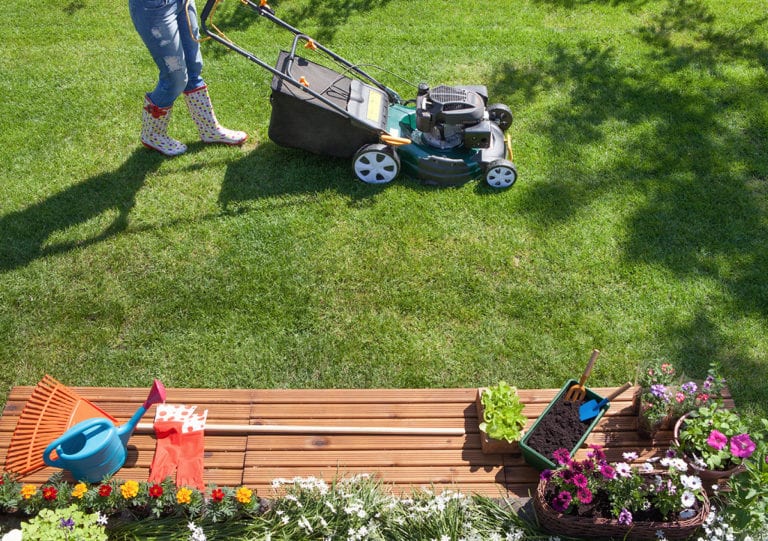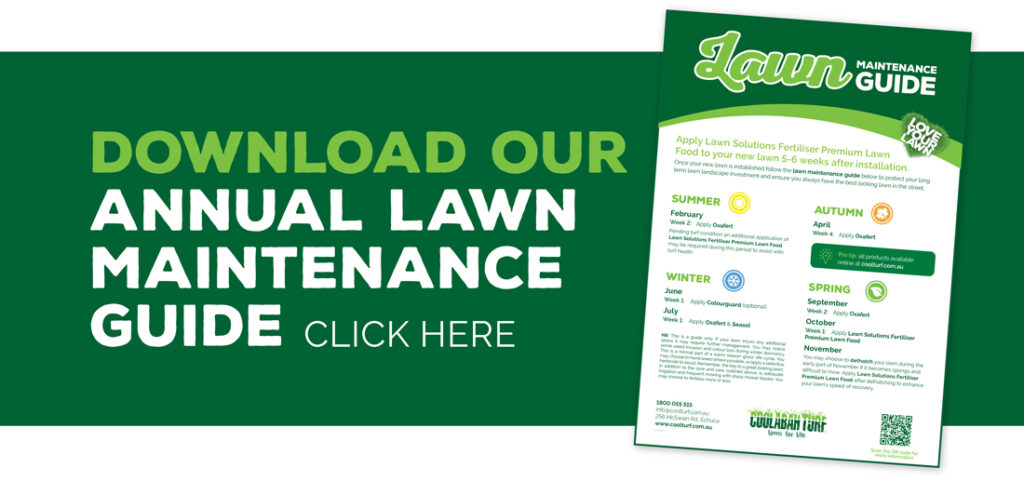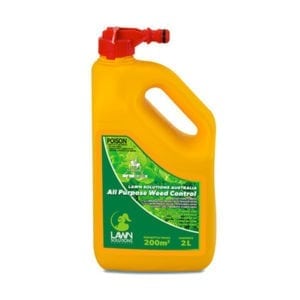
Whilst our fabulous lawns offer drought-tolerance, fast establishment and can be laid all year round, there’s still things you can do to make your lawn even better. Applying Lawn Solutions Premium Lawn Food to your new lawn 5-6 weeks after installation is a critical first step that everyone should do, but once your new lawn is established you should also follow our lawn maintenance guide (below). This will protect your lawn landscape investment and ensure you always have the best looking lawn in the street.
SPRING
September to November
September
Week 2: Apply Oxafert
October
Week 1: Apply Lawn Solutions Fertiliser Premium Lawn Food
November
You may choose to dethatch your lawn during the early part of November if it becomes spongy and difficult to mow. Apply Lawn Solutions Fertiliser Premium Lawn Food after dethatching to enhance your lawn’s speed of recovery.
Summer
December to February
February
Week 2: Apply Oxafert
Pending turf condition an additional application of Lawn Solutions Fertiliser Premium Lawn Food may be required during this period to assist with turf health.
Winter
June to August
Each season calls for its own lawn care regime, and you will find that depending on the time of year, you may have to perform slightly different maintenance to keep that lawn growing and strong – regardless of what Mother Nature throws at it. .
Your lawn, like most living organisms, goes through a cycle of change across the four seasons. Each season will be required to carry out certain lawn care maintenance to ensure that it continues to flourish throughout the changing weather. In Australia, our climate can vary greatly, depending on where you live. Different lawn types will also require different care, so use this guide or get in touch with us if you need help in determining your lawn’s level of care from season to season.
Spring lawn care
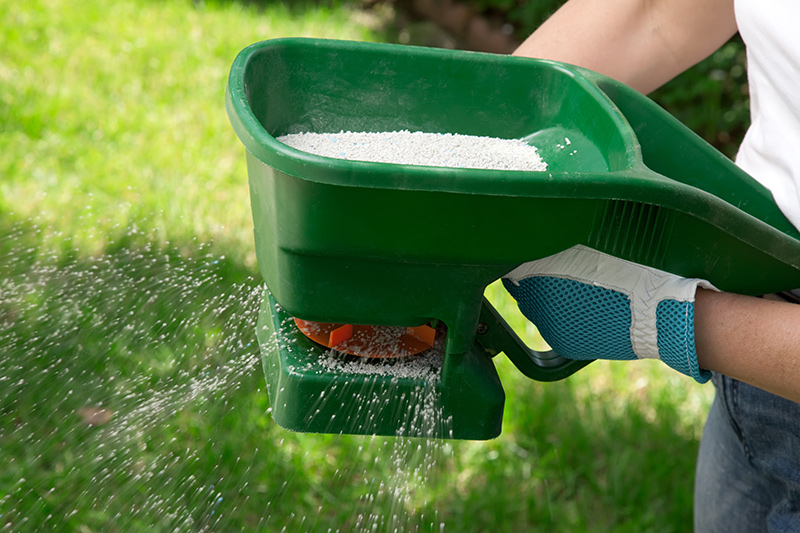
Lawn Fertiliser
The beginning of spring is the perfect time to fertilise your lawn. The warmer soil temperatures make it a prime condition for feeding. Doing so helps to speed up new growth and establish strong roots for the upcoming dry summer season.
- Give your lawn nutritional support by applying Lawn Solutions Fertiliser – Premium Lawn Food. The best time to do this is in the first week of October.
Mowing
Once the weather warms up, and your lawn has started to come out of dormancy, you’ll find that your lawn has started to become active again as it re-enters teh growing season. Now is the time to get the lawnmower out and cut the grass to remove any frost damaged leaf blades, weeds and to give it generally, a bit of a tidy up.
- Spring mowing will be required every 7-14 days for the majority of lawn/turf varieties.
- If you have newly laid instant turf, it’s advised not to mow it until the roots have fully established. Usually 3-4 weeks after laying or at least until you can no longer pull it up.
- Ensure your mower blades are sharp prior to mowing. Blunt blades can damage your lawn and leave it looking unhealthy.
- Make sure that you’re mowing at the right height for your specific lawn type.
Winter weed removal
It’s common for winter weeds such as broadleaf weeds, bindii and clovers to emerge during winter and coming into spring. You can remove most weeds by hand, preferably before they go to seed.
- Remove single weeds by hand.
- Mow over flat weeds.
- Use a good quality herbicide such as Oxafert as part of your preventative maintenance regime prior to and during winter to minimise the impact of winter weed invasion, which will in turn reduce the hard yards of spring weed removal the helps eradicate weeds before they seed and spread. If you’re facing a weedy issue in your lawn, feel free to call our Coolabah Turf Lawn Dr hotline for advice on what herbicide to use on your lawn!
Check for soil compaction
Increased irrigation and heavy foot traffic on top of a dormant lawn during winter can leave areas of your lawn’s soil compacted. Soil compaction makes it hard for nutrient-delivering oxygen to get to your grass, resulting in an unhealthy lawn.
- Test your soil by grabbing a screwdriver and burrowing it into the ground to see how far it penetrates. If there’s resistance, you may have compacted soil.
- Aerate your lawn to help increase air, water and nutrients into your soil.
Summer lawn care
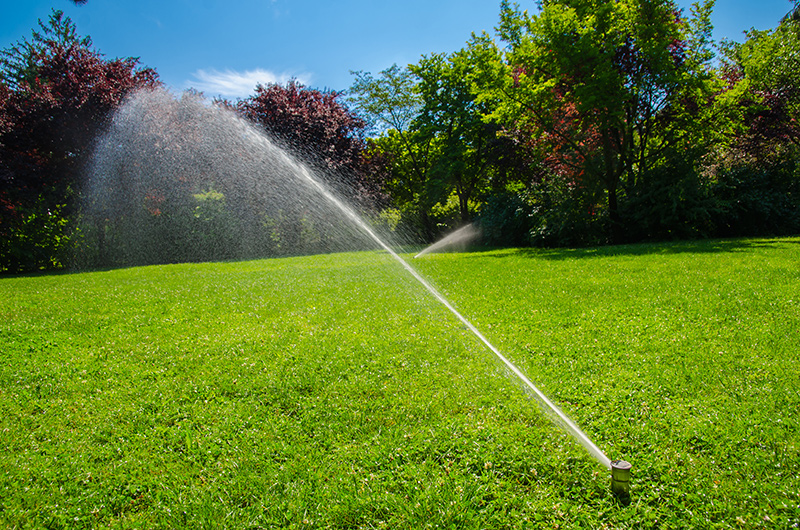
Watering your lawn in summer
Drought conditions in Australia can pose a challenge to lawn addicts! Luckily, most grass varieties in Australia are very hardy and drought-tolerant. Our own instant turf varieties are drought-resistant and require minimal watering. Our grass varieties such as Sir Walter DNA Certified can thrive even in extended periods of drought and requires little maintenance.
- For drought-tolerant turf varieties, rainfall could be enough to adequately irrigate your lawn during summer. But to protect your long term landscape investment – water more frequently to enhance the thickness of your lawn’s appearance and the usability of your lawn for backyard sports.
- Water as needed early in the morning (our rule of thumb is to water for longer but less frequently during summer)
- Install an irrigation system or independent water supply such as a bore, grey water or tank water to keep within water restrictions if or when they are enforced in your region.
Raking/Thatch removal
Removing thatch and dead material from your lawn will help your grass to absorb all available moisture, allowing it to thrive during summer.
- Rake away leaves and dried grass material.
Lawn aeration
You can further improve soil moisture levels during summer by aerating the ground. This will allow any rainfall to reach the roots and allows your lawn to retain moisture during the long, hot and dry months.
Autumn lawn care
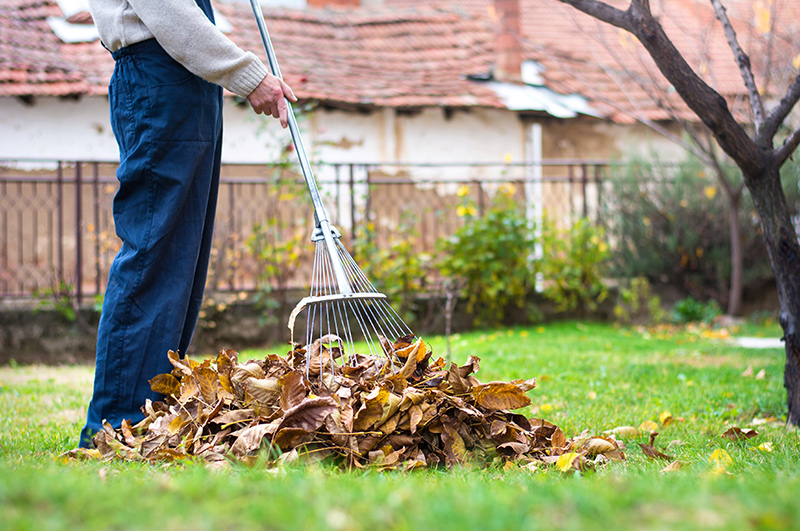
Autumn is a critical time of year to get your lawn into shape. You want to give it the maintenance it needs to be able to survive the onslaught of the cold winter months ahead. Lawn care in autumn will require a healthy dose of fertilisation and watering, and to repair any damage done by a long hot summer.
Fertiliser
Feeding your lawn now will help to maintain the greenness and vibrancy of your grass. Rain may have also caused nutrients in the soil to leech where your lawn needs them most. Replacing these nutrients with fertilisation will help keep your lawn healthy going into winter and more likely to retain its colour.
- Fertilise your lawn using a high-quality, granular, slow-release lawn food. Established lawns will need fertilising twice in autumn. This can be done around week 3 of March and May.
Watering your lawn in autumn
If your lawn hasn’t received adequate irrigation over summer, then it may be in desperate need of a good drink. If you live in the cooler regions of Australia, such as down here in Victoria, you can generally rely on rainfall alone with top-ups as needed to keep your lawn irrigated and help it recover.
- Water lawn early in the morning for around 15 minutes, twice a week.
Mowing your lawn in autumn
As growth slows coming into the dormancy of winter, mowing frequency will also decrease.
- Increase the mowing height of your lawn so that your grass stays higher and denser. This will help insulate the soil and prep it for the shorter daylight hours of winter.
Raking/Leaf removal
Getting rid of any leaves on your lawn can help sunlight penetrate the soil further, improving the health of your lawn during the cooler months.
- Rake up any dead leaves or twigs when required to prevent grass die-back and to encourage sunlight and oxygen.
Winter lawn care
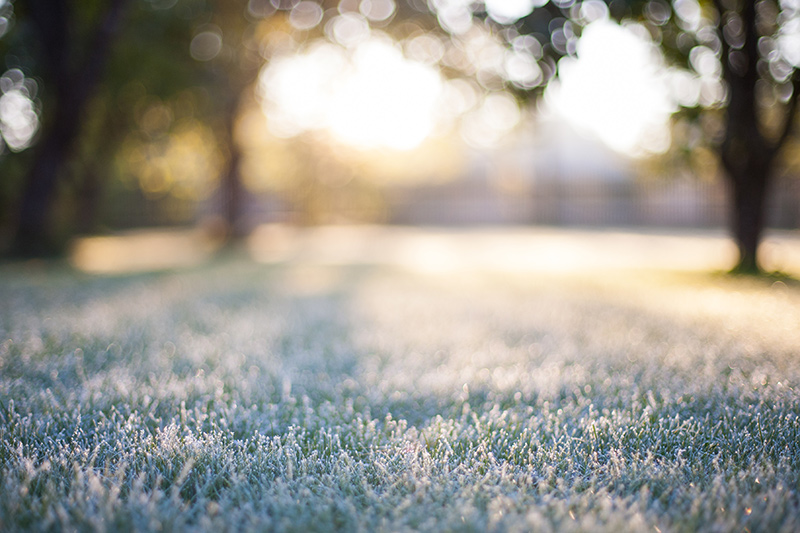
Winter dormancy is a normal characteristic of warm season grasses. As the cold settles in, your lawn may experience varying degrees of discolouration and winter weed invasion. The good news is, if you have a Coolabah Turf instant lawn variety, you won’t have to do much – if any – lawn care over winter. Warm season grasses don’t require any mowing over winter, and rainfall is enough to keep your lawn irrigated. However, for some varieties, you may need to mow your lawn every few weeks on the highest setting. If you do live in warmer regions, then you may choose to water your lawn in winter. But keep it to once a month and up to 40 minutes at a time to avoid drowning your lawn. Once the weather warms up you’ll find your lawn will recover faster from winter dormancy.
Use a lawn conditioner
One way to keep your lawn looking green all winter long is by using a turf grass colourant. This will instantly restore colour to your grass and keep your lawn looking great. It’s kind of like a botox for your backyard!
- Apply ColourGuard to your lawn during the first week of winter to prevent winter lawn discolouration.
Monitor and remove weeds
While your lawn is dormant during the cold months, winter weeds may penetrate through to the top of the surface. However, they will generally disappear once the warmer weather arrives. You can still choose to weed your lawn where possible, especially varieties such as wintergrass, broadleaf weeds, clovers and thistles.
- Hand weed where possible to keep on top of things.
Achieve the best lawn, no matter the weather!
If you need any help with a particular lawn care issue or need some advice on what your seasonal lawn care commitment should look like, don’t hesitate to contact us!
NB. This is a guide only. If your lawn incurs any additional stress it may require further management.
You may notice some weed invasion during winter dormancy – this is a normal part of a warm season grass’ life cycle in our region. You may choose to either hand weed where possible, or apply a selective herbicide to assist.

